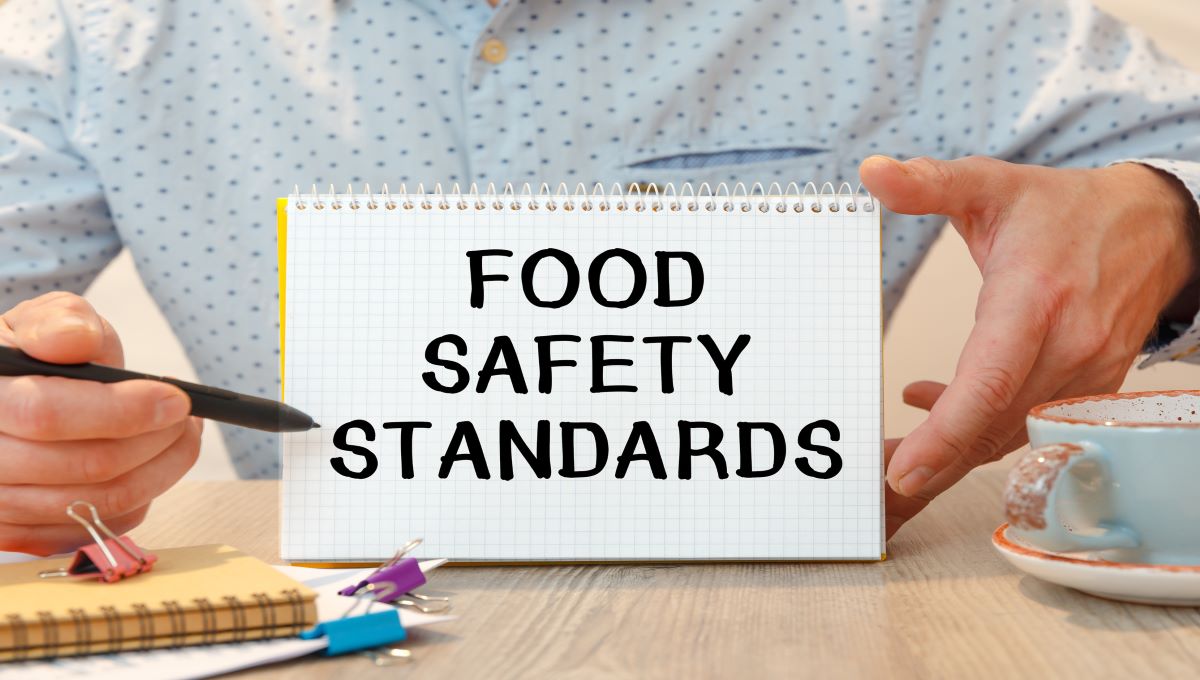The pandemic has stretched resources for the group, but the Interagency Food Safety Analytics Collaboration (IFSAC) has developed an interim plan and is continuing with its work.
The organization was launched in 2011 when three U.S. agencies — the Centers for Disease Control and Prevention, the Food and Drug Administration, and the USDA’s Food Safety and Inspection Service (FSIS)—created it to improve certain efforts related to food safety.
Specifically, its purpose is to improve coordination of federal food safety analytic efforts and address cross-cutting priorities for food safety data collection, analysis and use.
 “Since its inception, IFSAC’s focus has been foodborne illness source attribution: identifying which foods are the most important sources of selected major foodborne illnesses. As part of this effort, IFSAC now produces annual estimates for four priority pathogens: Salmonella, Escherichia coli O157, Listeria monocytogenes, and Campylobacter,” according to the group’s 2022–2023 Interim Strategic Plan.
“Since its inception, IFSAC’s focus has been foodborne illness source attribution: identifying which foods are the most important sources of selected major foodborne illnesses. As part of this effort, IFSAC now produces annual estimates for four priority pathogens: Salmonella, Escherichia coli O157, Listeria monocytogenes, and Campylobacter,” according to the group’s 2022–2023 Interim Strategic Plan.
Federal agencies and food safety experts use IFSAC’s analyses to help form strategic planning and risk-based decisions; estimate benefits of interventions; and evaluate the impact of interventions, such as new or revised regulations, policies, and performance standards. By bringing together data from a variety of sources, broadly exploring an array of methods and disciplines, and developing sound analytical methods, IFSAC scientists can improve estimates of the sources of foodborne illness.
The activities of IFSAC have been substantially affected by the COVID-19 global pandemic, according to a statement accompanying the group’s 2022-23 interim plan. During 2020 and 2021, many staff members from CDC, FDA, and FSIS who lead and participate in IFSAC projects and their oversight were deployed to COVID-19 response efforts, had to focus on pandemic-related activities, or covered agency program activities while other staff was deployed.
IFSAC continues to publish annual estimates of foodborne illness source attribution, but resource limitations have delayed some projects.
As a result of the resource constraints, IFSAC officials developed an interim strategic plan, which describes the group’s accomplishments during 2017-2021 and identifies key activities for 2022-2023. Near the end of the interim period, the group intends to share information about its direction, goals, and approaches to to future work.
“During the years 2022–2023, we will continue to publish annual reports on foodborne illness source attribution for priority pathogens. We will continue to improve methods for estimating foodborne illness source attribution using outbreak and sporadic — non-outbreak-associated — disease data, pursuing external collaborations as needed to maximize capabilities and access to data sources,” according to the group’s interim plan.
Specifically, IFSAC leaders intend to give priority to the following activities:
• Analyzing trends in foodborne disease outbreak-associated illnesses over the past 20 years and submitting a manuscript to a peer-reviewed journal describing its methods and results.
• Continuing to develop and refine machine-learning approaches to predict the food sources of human illnesses with unknown sources by using whole genome sequencing (WGS) to compare Salmonella isolates of known sources with those from ill persons whose source is unknown.
• Adapting the WGS-based methods developed for Salmonella to attribute sporadic Campylobacter illnesses to food sources.
• Assessing the frequency of multi-year outbreaks and their impact on source attribution analyses and deciding whether to improve the methods for using them in outbreak-based source attribution models.
• Collaborating with FoodNet staff to estimate population attributable fractions for key food sources of sporadic Salmonella Enteritidis and Campylobacter illnesses by developing case-control studies using FoodNet case exposure ascertainment data and FoodNet Population Survey data.
• Continue to develop a method to incorporate into attribution estimates those outbreaks associated with complex foods (i.e., multi-ingredient foods) for which the contaminated ingredient is unknown.
“IFSAC’s primary focus continues to be improving estimates of the food sources of illness caused by major pathogens. Whereas IFSAC has always focused on estimating the sources of all — not just outbreak- associated — illnesses, the methods have thus far only used data from outbreaks. In recent years, we developed methods to use data from sporadic illnesses to make these estimates,” according to the interim plan.
“In this interim period, we will continue to evaluate our approach to attributing Campylobacter illnesses to specific food categories. Our recent reports have highlighted the challenges associated with attributing Campylobacter illnesses to foods based on outbreak data, due to the outsized influence of outbreaks from foods not widely consumed but with high risk of illness, such as unpasteurized milk and chicken livers.”
IFSAC’s work from 2017-2021 included:
• Developing a recency-weighted statistical modeling approach to estimate the sources of foodborne illness caused by specific pathogens and published the method in a peer-reviewed journal.
• Updating IFSAC’s scheme for categorizing foods implicated in foodborne disease outbreaks, and described it in a peer-reviewed published article.
• Producing annual estimates of the sources of foodborne illness for Salmonella, Escherichia coli O157, Listeria monocytogenes, and Campylobacter for 2015–2019.
• Analyzing outbreak data on Salmonella illnesses acquired from consumption of pork products to support draft USDA performance standards for the minimum acceptable Salmonella contamination of pork cuts and ground pork products.
• Continuing to explore new methods and models for foodborne illness source attribution, including random forest and other machine learning algorithms.
(To sign up for a free subscription to Food Safety News, click here.)

